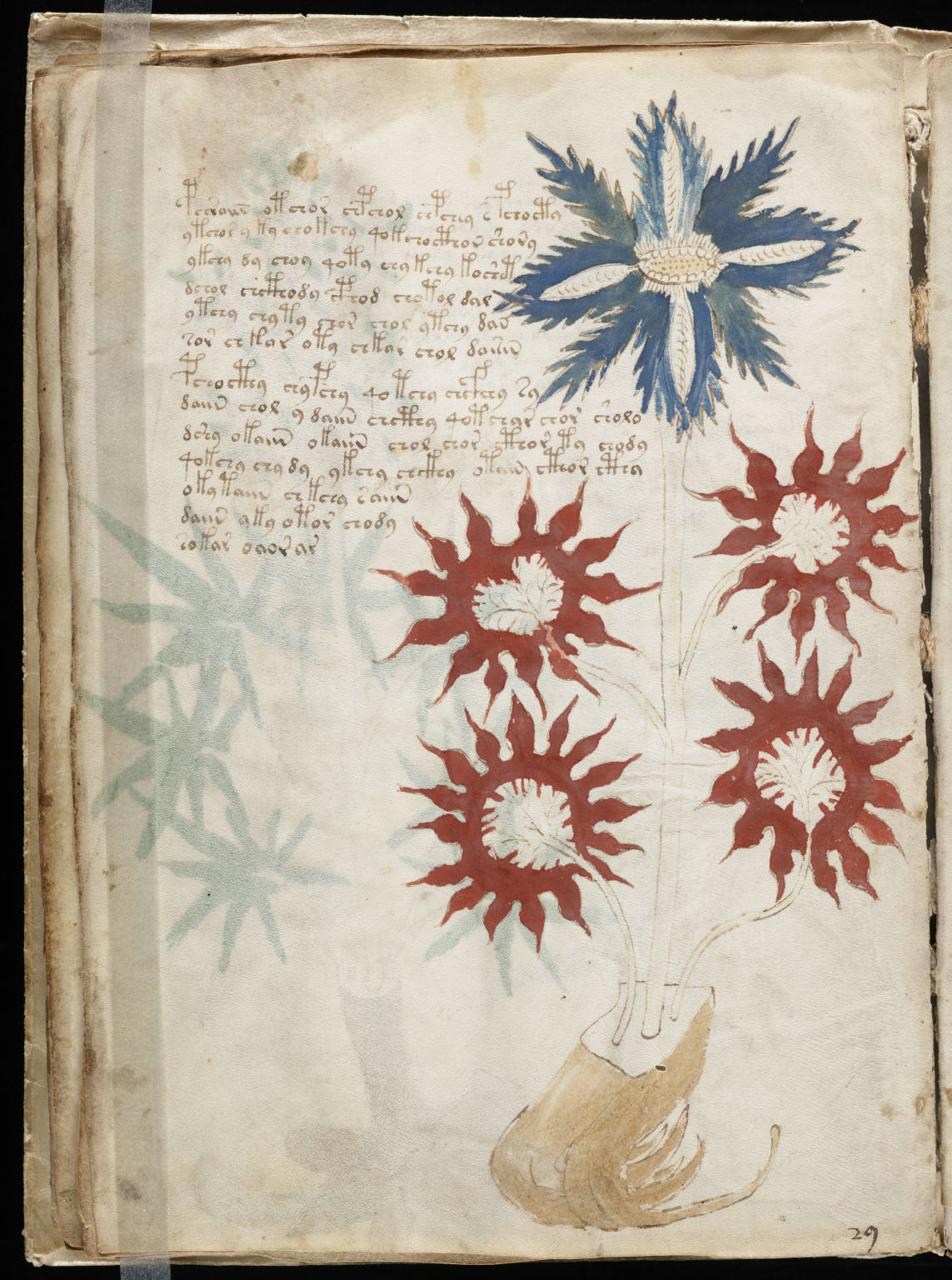In the shadowy realm of historical mysteries, few artifacts have captivated scholars and cryptographers quite like the Voynich Manuscript. This enigmatic book, written in an unknown script and filled with bizarre illustrations, has defied decryption for centuries, becoming a tantalizing puzzle that continues to challenge modern technology.
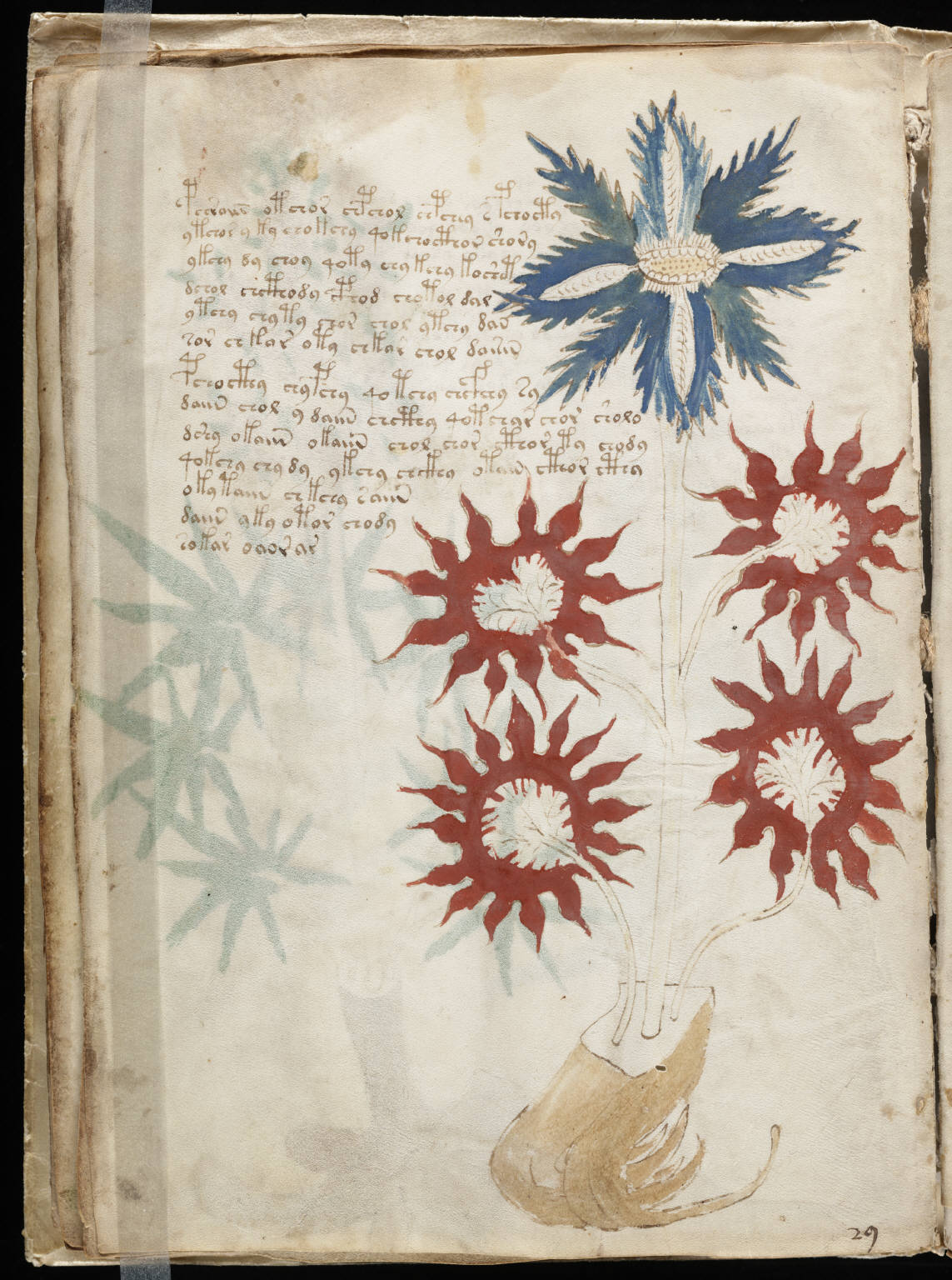
Image credit: Wikipedia
Discovered in 1912 by rare book dealer Wilfrid Voynich, this extraordinary manuscript dates back to the early 15th century. Carbon dating confirms its creation between 1404 and 1438, placing it squarely in the heart of the European Renaissance. What makes this manuscript truly extraordinary is its completely unknown language, dubbed ‘Voynichese’ – a script so unique that it has stumped the world’s most brilliant cryptographers.
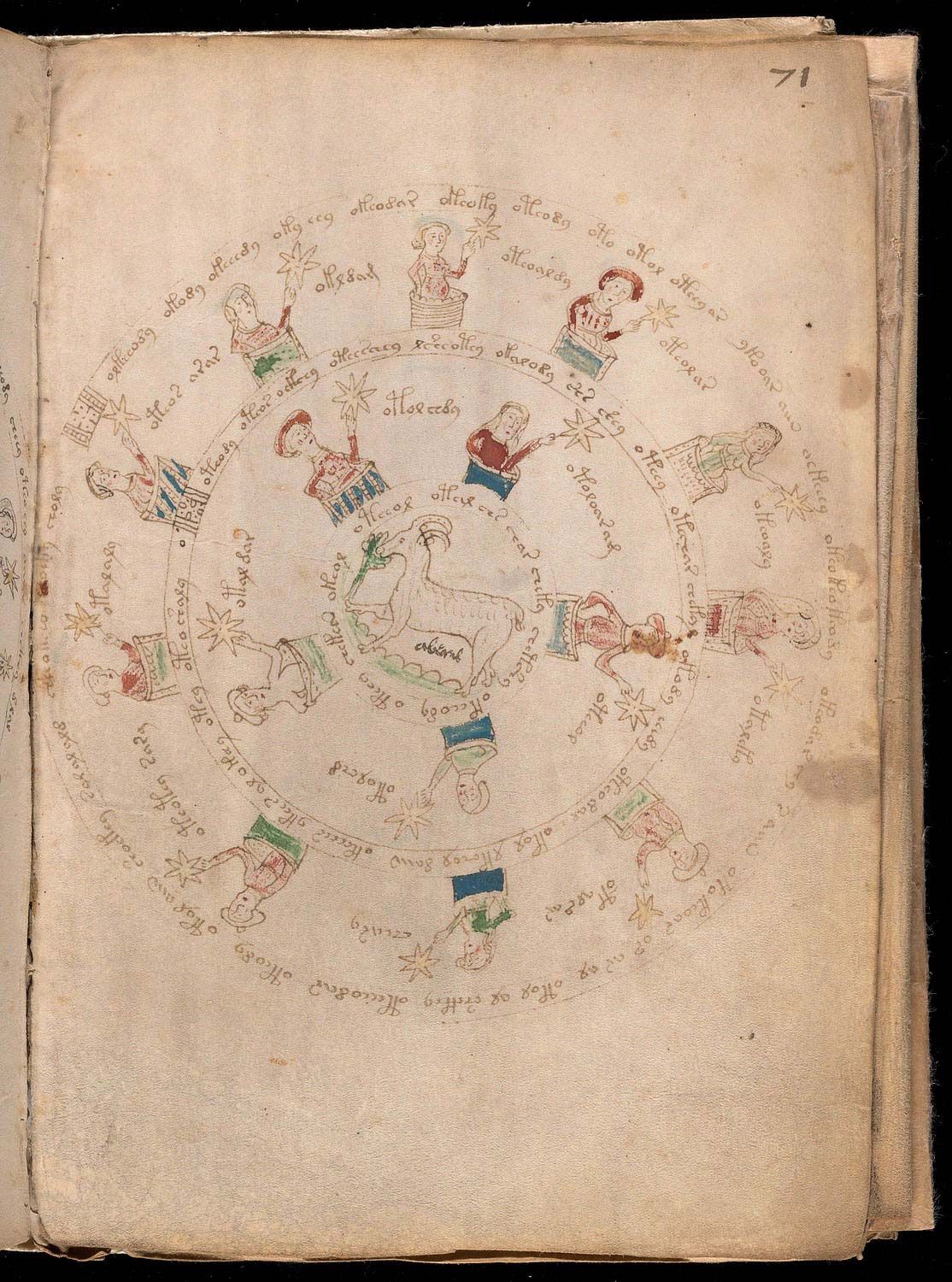
Image credit: Britannica
The manuscript’s 240 pages are a visual feast of mystery. Filled with intricate illustrations of unidentifiable plants, celestial diagrams, and peculiar scenes of nude figures in interconnected pools, the book seems to defy conventional understanding. Botanical drawings depict species that do not match any known plants, while astrological charts hint at complex symbolic practices that remain unexplained.
Renowned cryptographers and code breakers have attempted to unlock its secrets. William Friedman, a legendary WWII code-breaking expert, dedicated significant time to deciphering the manuscript. Even the brilliant Alan Turing showed interest in this linguistic enigma. Modern technologies, including advanced AI and machine learning systems, have been deployed in the quest to understand its contents, yet the manuscript remains stubbornly silent.
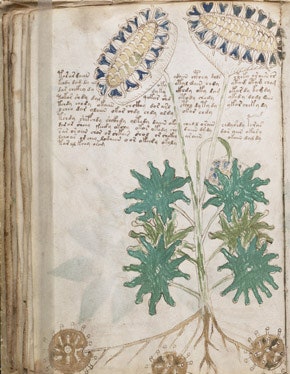
Image credit: The New Yorker
Scientific analysis has revealed fascinating details about the manuscript’s construction. Advanced imaging techniques confirm the use of authentic medieval materials – the parchment is made from calfskin, and the ink matches the period’s typical composition. Statistical analysis suggests the text follows structured language patterns, but these patterns do not correspond to any known linguistic system.
Theories about the manuscript’s purpose are as varied as they are intriguing. Some scholars propose it might be a medical manual encrypted for secrecy. Others suggest it could be an alchemical treatise, an astronomical text, or even an elaborate medieval hoax. The most tantalizing possibility is that it represents an entirely constructed language, a concept that was centuries ahead of its time.
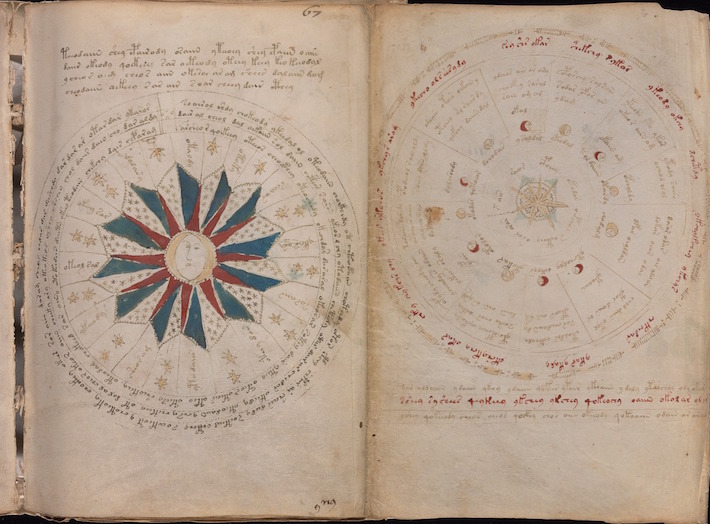
Image credit: Apollo Magazine
The Voynich Manuscript has transcended its physical existence to become a cultural phenomenon. It has inspired countless works of literature, art, and speculation. Its enduring mystery speaks to humanity’s fundamental fascination with the unknown – a testament to our collective desire to understand the incomprehensible.
As technology advances and new analytical techniques emerge, hope remains that one day the Voynich Manuscript will reveal its secrets. Until then, it stands as a remarkable symbol of human curiosity, a 600-year-old riddle that continues to challenge our understanding of language, communication, and historical knowledge.
References:
Wikipedia – Voynich Manuscript – link
Britannica – Voynich Manuscript – link
The New Yorker – The Mystery of the Voynich Manuscript – link
Apollo Magazine – The Voynich Manuscript – link
Categories: Ancient Artifacts, Cryptography, Historical Mysteries, Medieval History, Unsolved Mysteries, Unsolved Mysteries
Tags: AncientCode, Archaeology, Cryptography, HistoricalMystery, MedievalHistory, Science, UnsolvedMysteries, VoynichManuscript
Religion: Unknown
Country of Origin: Czech Republic, Italy, World
Topic: Historical Mystery
Ethnicity: European

